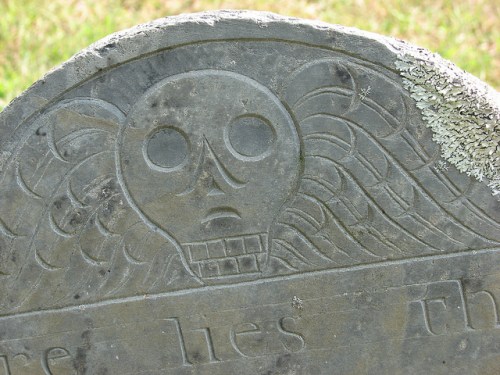Stones and bones, where can they be? — The mystery of Vernon’s vanished cemetery, Part II
By Barbara Emery Moseley
Click here for the full series on the vanished Polly Lee Cemetery and the Peeler and Lee families.
The Polly Lee Cemetery probably started as the family burying ground of the large Lee clan that, in 1781, moved to Vernon (at the time known as Hinsdale).
John Lee, the family patriarch and a widower, accompanied them. He died within a few years (1784) and is buried in the South Cemetery, with a slate gravestone. This implies that there had not yet been time to set aside land for a family cemetery.
The three older Lee sons cleared land for their farms in the area of today’s Newton Road. The youngest son, John, received the least desirable acreage but he made the most of it. It was rocky and mountainous, and tillable soil was pebbly as well.
He had married Polly Peeler. While building a sawmill, then a barn followed by a house, the young couple lived in a cabin near a spring. The wind whistled through the cracks and the wolves howled round the door. Their first son was named George Washington Lee. Probably it was to honor the brave and determined American general in the Revolutionary War, who was so admired by Polly’s father.
The Lees had twelve children. As time passed, three died young, one went to Michigan, one to Connecticut, two to Massachusetts. Four lived in Vermont, and one, Eli, was murdered while traveling in Wisconsin. In the beginning, the cemetery was probably known as the Lee Cemetery. Vernon still has one family cemetery, the Stebbins Cemetery. In the Alexander-Perry Cemetery formerly was private, and a portion of the Whithed Cemetery is reserved.
But what was the fate of the Polly Lee Cemetery, located in the area now known as Breezy Acres Drive, a private residential road? Not a trace of it remains. No doubt the owner of the farm in the 1960s used the land around the cemetery for pasturing cows. Possibly, sections of the stone wall enclosure had already broken down, admitting the animals. Fragile slate stones would topple and break and be ground into fragments as the cows milled around. Consequently, perhaps the farmer chose to plow it all under.
There is an old saying about a particularly distressing event being “enough to make one turn over in his/her grave.” It seems appropriate to how Polly Lee would have felt had she known the cemetery’s fate.
Polly Lee was the oldest person in town at the time of her death, and had been for some years previous. She lived with her son, George Washington Lee, in the home she and John Lee built on Huckle Hill Road in 1802. She spent her time knitting, and “by her cheerful conversation, enlivening all with whom she associated.” She died in 1869, aged 91.
As an interesting side note, Vermont has very strict cemetery laws, including that they must be fenced, mowed, foliage and trees maintained. And you may have a private cemetery on your property. Also, the Town must pay for any damage to headstones from farm animals, even today!

